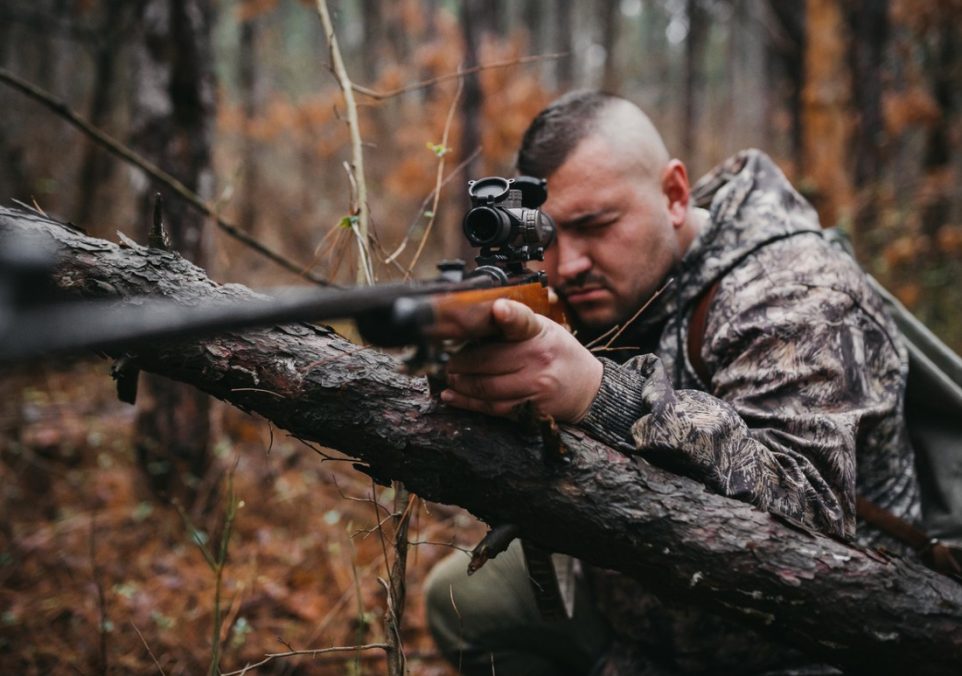How to Adjust a Rifle Scope: Tips and Tricks for Novice Riflemen

For novice riflemen, precision shooting begins with mastering the intricacies of adjusting a rifle scope. A well-tuned scope can transform a novice marksman into a seasoned shooter, ensuring each shot hits its intended target. In this comprehensive guide, we will navigate through the fundamental steps of scope adjustment, providing invaluable tips and tricks to empower beginners in the world of shooting sports.
From understanding the core components of a rifle scope to fine-tuning windage and elevation, this guide aims to demystify the process, offering a roadmap for achieving accuracy and consistency. So, grab your rifle and join us on a journey to sharpen your marksmanship skills through the art of rifle scope adjustment.
Understanding the Basics
Before delving into the adjustment process, it’s essential to grasp the basic components of a rifle scope. A typical scope consists of windage and elevation knobs, the eyepiece for focusing, and the objective lens for magnification. Windage adjustments control left and right movements, while elevation adjustments manage up and down movements. The goal is to align the crosshairs with your point of impact, ensuring that your shot lands exactly where you intend it to.
Gather Your Tools
To begin the adjustment process, gather the necessary tools: a rifle sling for easy transport, a stable shooting platform, a target, a bore sighter, and a screwdriver. A bore sighter is a helpful tool that aids in aligning your scope with the rifle’s bore, providing a starting point for further adjustments.
Mounting the Rifle
Start by securely mounting your rifle on a stable platform. Ensure that you’ve unloaded the rifle and point it in a safe direction. Attach the bore sighter to the rifle’s barrel and look through the scope. Adjust the windage and elevation knobs until the crosshairs align with the bore sighter’s reticle. This initial alignment sets the foundation for more precise adjustments.
Boresighting and Initial Shots
Once the bore sighter is in place, it’s time to take a few initial shots. Start at a short distance, around 25 yards, and fire a few rounds. Adjust the scope based on where your shots land in relation to the target. Remember, the goal is to get the bullets hitting close to the point of aim.
Fine-Tuning Windage and Elevation
Now that you’ve taken your initial shots, it’s time to fine-tune the windage and elevation adjustments. Most scopes have distinct clicks for each adjustment, making it easy to measure and replicate changes. Pay close attention to the impact point of your shots and make gradual adjustments until the crosshairs align perfectly with your desired point of impact.
Consider Environmental Factors
Environmental conditions can significantly impact your shots. Factors such as wind, humidity, and temperature can influence bullet trajectory. It’s essential to be aware of these conditions and make adjustments accordingly. Many modern scopes come with additional features like parallax adjustment, which helps maintain accuracy at varying distances.
Maintaining a Consistent Shooting Technique
Even with a perfectly adjusted scope, inconsistent shooting techniques can lead to inaccurate shots. Practice a steady and controlled shooting stance, ensuring that your body and rifle remain stable during each shot. Consistency in your shooting technique is key to achieving accurate and repeatable results.
Regularly Check and Maintain Your Scope
Scopes, like any piece of equipment, require regular maintenance. Check for any signs of wear or damage, and ensure that all screws and adjustments remain tight. Regularly clean the lenses to maintain optimal clarity, as dirt or debris can affect your sight picture and accuracy.
Seek Professional Guidance
If you find yourself struggling to achieve the desired results or if you’re unsure about certain adjustments, don’t hesitate to seek professional guidance. Local gun shops or shooting ranges often have experienced staff who can provide valuable insights and assistance. Taking the time to learn from experienced shooters can accelerate your understanding of rifle scope adjustments.
Conclusion
Adjusting a rifle scope may seem daunting at first, but with patience and practice, even novice riflemen can master this essential skill. Understanding the basics, utilizing the right tools, and maintaining a consistent shooting technique are crucial to achieving precision and accuracy. Remember, it’s a learning process, so don’t get discouraged by initial challenges. With time and dedication, you’ll find yourself consistently and confidently hitting the mark.
Your Adventure, Our Experience
At TheCampingList, our dedication to authenticity and reliability stems from our own adventures in the great outdoors. Our team, comprised of seasoned experts in hiking, camping, climbing, cycling, fishing, and hunting, rigorously tests every product and shares insights drawn from real experiences. This hands-on approach ensures our reviews and guides meet the highest standards of durability, functionality, and comfort. Moreover, our platform thrives on the rich contributions and feedback from our vibrant community of enthusiasts. We pride ourselves on delivering unbiased, educational content that empowers and informs your outdoor pursuits. Trust in TheCampingList for genuine advice and support, where we're all about enriching your journey, every step of the way.